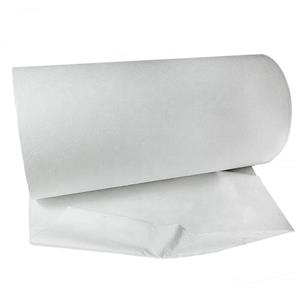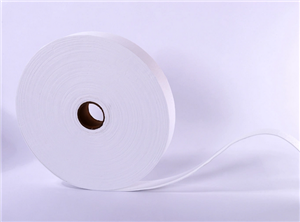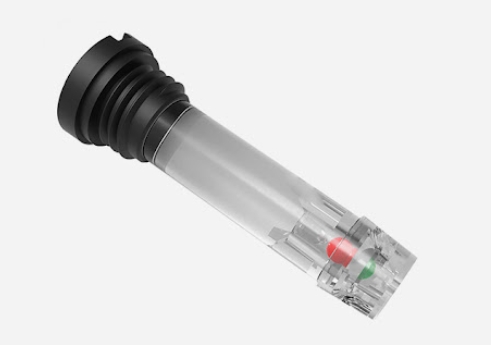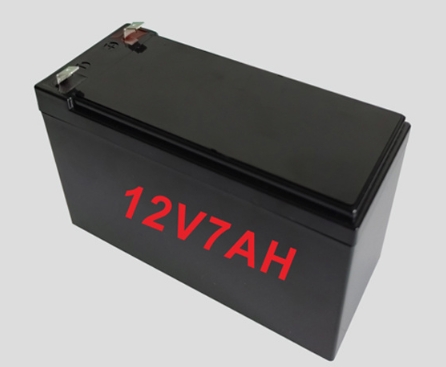AGM Battery and VLRA Battery
- By: JinHan
- Aug 08,2022
follow us
Pb-Ca-Sn alloy grids are used in lead-acid batteries, and hydrogen evolution inhibitors are added to the negative plates. The wet charging technology is widely used in the battery industry. After limiting the charging voltage, these batteries can be considered maintenance-free. However, their service life is very dependent on the charging conditions that need to be strictly observed, in particular the limitation of the maximum charging voltage. Battery engineers and producers are looking for ways to recycle into water the H2 and O2 released during battery charging and overcharging. In this way, the problem of water loss can be solved.
The water loss in the battery will cause the concentration of H2SO4 to increase, resulting in passivation of the positive plate. Three main techniques have been developed to recombine hydrogen and oxygen back into the water, as described below:
1. Hydrogen and oxygen are combined in the catalytic plug;
2. Hydrogen and oxygen are combined on the auxiliary catalytic electrode;
3. Valve-regulated lead-acid battery (VRLAB).
The working principle of VRLAB can be summarized as follows:
- The positive plate undergoes a water splitting reaction, which causes O2 to precipitate and H+ ions are generated.
- O2 and H+ ions diffuse to the negative plate through gas channels and liquid channels in the separator.
- After reaching the negative plate, oxygen undergoes a reduction reaction and reacts with H+ ions to form water.
- The generated water diffuses to the positive plate through the separator, so that the water electrolyzed by the positive plate is recovered.
The above reaction forms the so-called closed oxygen cycle (COC). The closed oxygen cycle significantly reduces the battery's water loss during charging and overcharging, making it maintenance-free.
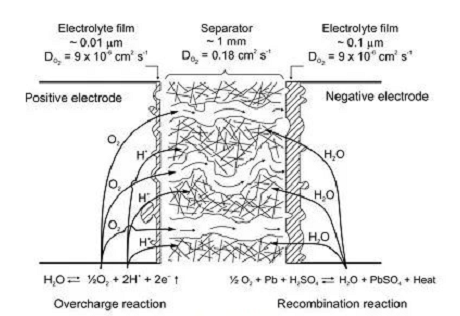
Depending on the separator type and electrolyte state, the two basic technologies employed in VRLA batteries are:
(1) Batteries using adsorbed glass fiber mat (AGM), the electrolyte of which is adsorbed in the AGM separator. Adsorbent glass fiber contains no more than 85% glass fiber with a length of 1~2mm, and contains 15% polymer fiber (polyethylene, polyphenylene, etc.) as a reinforcing material. Glass fibers are hydrophilic, and their function is to adsorb electrolyte, while polymer fibers provide mechanical support and also have a certain degree of hydrophilicity, which can promote the formation of gas channels.
(2) Batteries using colloidal electrolyte (colloidal battery), the electrolyte of this battery is a non-flowing thixotropic colloid, which contains SiO2 and Al2O3 particles with a diameter of several nanometers. Use the same polymer separator used in flooded batteries to separate the positive and negative plates. Gel batteries, like flooded batteries (which contain a flowing electrolyte), also lose water when they start to use. As a result, the colloid shrinks and cracks form inside. These cracks form oxygen channels. The oxygen evolved from the positive plate reaches the negative plate, so that the COC starts to operate and the water loss stops. The operating mechanism of the COCs of all types of VRLA batteries is the same, regardless of the type of separator used (same as AGM or gel separator).
Each cell of the VRLA battery has a pressure reducing valve (instead of the vent cap of the flooded battery), which can maintain a certain gas pressure above the battery pole group consisting of the electrode plate and the separator. The oxygen reduction reaction occurs in the negative plate, which greatly reduces the oxygen pressure at the negative plate in the pole group. In this way, a diffusion gradient is formed inside the pole group, which guides the oxygen flow to the negative plate. Therefore, the pressure reducing valve is an essential part of VRLAB.
Oxygen is transported along two paths:
(1) through the unobstructed gas channel of the AGM separator, and
(2) dissolved in the electrolyte and transported along the electrolyte channel filled with a certain diameter. The diffusion rate of oxygen in the gas channel is greater, 6 orders of magnitude higher than the diffusion rate of oxygen in the liquid channel. Therefore, since there is little oxygen dissolved in the electrolyte, the transport of oxygen in the electrolyte is negligible.
AGM battery is a kind of VRLA battery, which is different from gel battery in that it uses glass fiber that can absorb sulfuric acid electrolyte as separator. Oxygen generated from the positive electrode is transported to the negative electrode through the pores of the separator and reacts with hydrogen to generate water and heat.
--End--

 English
English Russian
Russian Portuguese
Portuguese Arabic
Arabic Bangla
Bangla Indonesian
Indonesian
